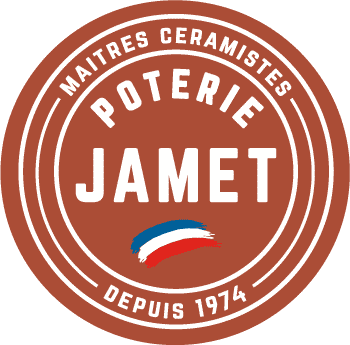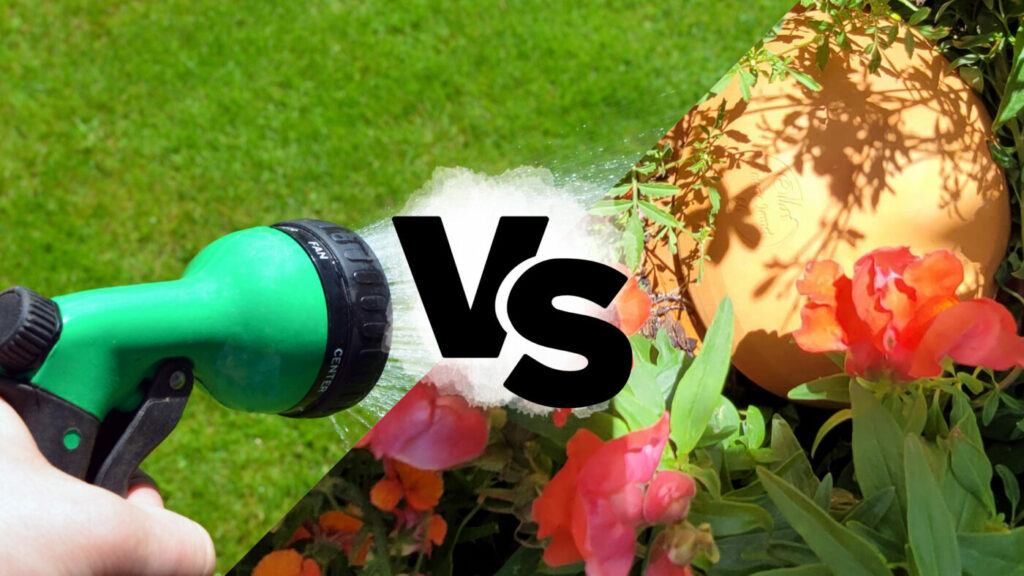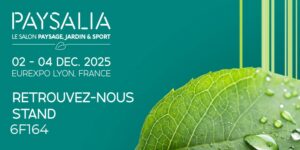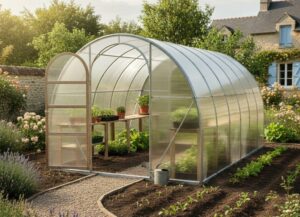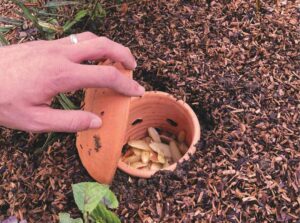Rain watering
Rain watering is the most natural way to water your garden.
Benefits :
- This method is also the least restrictive.
- No human intervention. So rain watering might seem like the perfect solution for your garden.
Disadvantages:
- However, this method also presents constraints, because with the drought, it rains less and less and your plants can therefore suffer from the heat if it does not rain enough.
- Rain can also be too heavy, damaging your plants and flowers.
- This method assumes that your plants are not in a greenhouse or under a shelter protected from the rain. It is always possible to collect this rainwater and use it to manually water your garden.
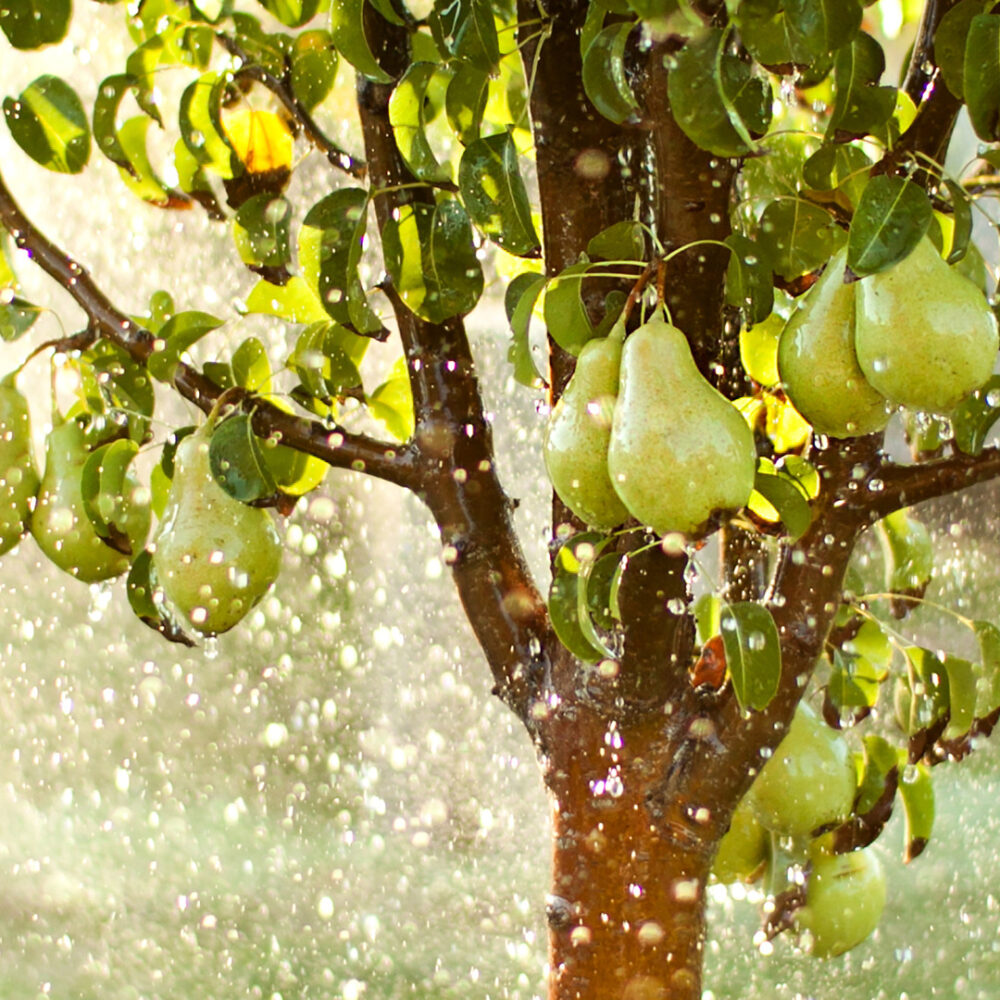
Watering by hand (with a hose or a watering can):
Hand watering is done either with a hose, offering full control of the amount of water, or with a watering can, allowing small areas to be covered with precision.

Benefits :
- Full control of watering by manually adjusting the amount of water.
- Flexibility to adapt watering to specific plant needs.
- No high initial cost for equipment.
Disadvantages:
- Time and Effort: Watering by hand requires a significant investment of time and effort, especially if you have a large garden or many plants to be watered individually.
- Watering Irregularities: It is common to under-water or over-water plants when watering by hand. Uneven water distribution can lead to plant health issues, such as shallow roots or rotting roots, and can also promote weed growth.
- Schedule Constraints: Hand watering requires regular attendance to ensure plants receive needed hydration
- Risk of forgetting or neglect: It is easy to forget or neglect to water the plants regularly when it is done manually. This can lead to dry spells for plants, which can affect their health and development.

The drip:
Drip is the use of perforated tubing or drippers to provide precise, targeted irrigation, ideal for potted plants and tight spaces.
Benefits :
- Water saving thanks to precise and targeted irrigation.
- Reduction of weeds by limiting humidity on non-vegetated surfaces.
- Suitable for potted plants, small gardens and tight spaces.
- Adapt the timer according to the climate (if it rains a lot, you have to think about switching it off…)
Disadvantages:
- Higher initial cost for installing the drip system.
- Needs regular maintenance to prevent clogged drippers or pipes.
Automated jets:
Automated jets use programmable systems to distribute water over large areas quickly and efficiently. Sprinkler systems are similar to automated jets, but use adjustable sprinkler heads to project water in adjustable jets. They are often used for irrigation of lawns, parks or sports fields.
Benefits :
- Ease of use with programmable timers.
- Suitable for large spaces and landscaped gardens.
- Rapid distribution of water over a wide area.
Disadvantages:
- Risk of over-watering if the programming is not well adjusted.
- Higher initial cost for installation and maintenance of automated systems.
- May require frequent adjustment due to changing weather conditions.
The Ollas Jamets:
Ollas Jamet are clay pots buried near the plants, which slowly release water directly to the roots, promoting regular hydration and saving water .
Benefits :
- Water saving through localized watering and reduced evaporation.
- Regular hydration of plants.
- No need for electricity or complex devices.
Disadvantages:
- Requires monitoring of the amount of water in the pots depending on the size of the Ollas between 5 and 40 days.
- The cost incurred, especially for large areas, may be higher at purchase than for other methods, but it quickly pays for itself in terms of water savings and amortized thanks to the service life.
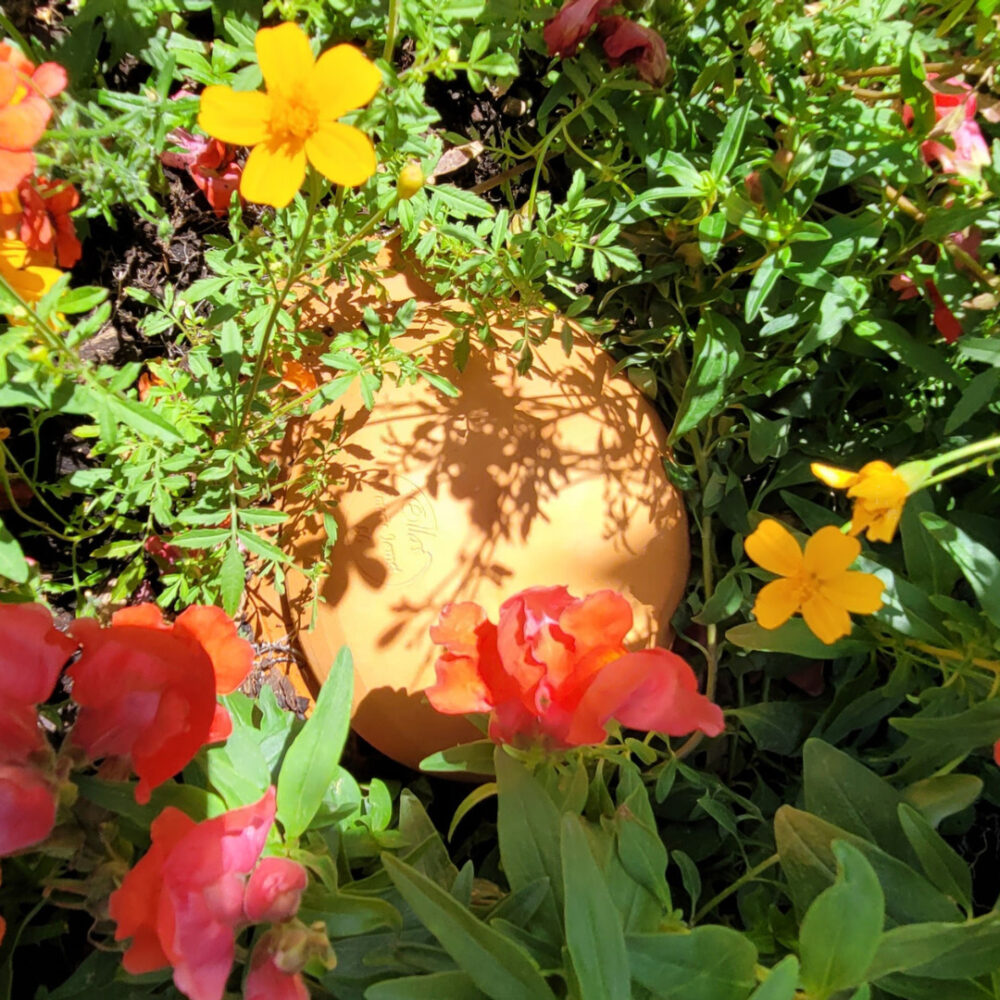
Capillary irrigation:
This technique uses cords or wicks to transport water from the reservoir to the roots of the plants, providing constant hydration.
Benefits :
- Constant hydration of plants thanks to the rise of water by capillarity.
- Reduction of water loss by evaporation.
- No power supply or constant monitoring required.
Disadvantages:
- Perhaps less suitable for plants requiring varying amounts of water.
- Requires a suitable substrate to allow the rise of water by capillarity.
Watering by sub-irrigation:
Subirrigation watering involves placing the plants over a tray or tray filled with water. The roots absorb water by capillarity, ensuring constant hydration of the plants.
Benefits :
- Constant hydration of plants thanks to the absorption of water by capillarity.
- Reduces water loss through evaporation.
- Prevents leaf wetting, reducing the risk of fungal diseases.
Disadvantages:
- Perhaps less suitable for plants requiring adequate drainage.
- Requires a suitable irrigation tray or tub.
- The amount of water taken up by the roots can be difficult to control.
Under-mulch watering:
Sub-mulch irrigation involves placing a layer of organic material over the soil to reduce evaporation and maintain moisture around the roots.
Benefits :
- Reduction of water evaporation thanks to a layer of organic material on the ground.
- Weed prevention by limiting access to light.
- Improved soil structure and water retention.
Disadvantages:
- Requires a steady supply of mulch material.
- May need monitoring to avoid problems with excessive moisture or root rot.

Ollas Jamet and water harvesting: undoubtedly the best tandem for irrigation
By comparing the different irrigation techniques, it is clear that the Ollas-Jamet associated with water recovery stand out for their simplicity of installation and management as well as the durability of the products.
Water harvesting makes it possible to reuse natural resources by collecting rainwater, which reduces dependence on drinking water and contributes to the preservation of the environment.
However, each technique has its own advantages and disadvantages, and it is important to choose the one that best suits your specific needs and your garden.

